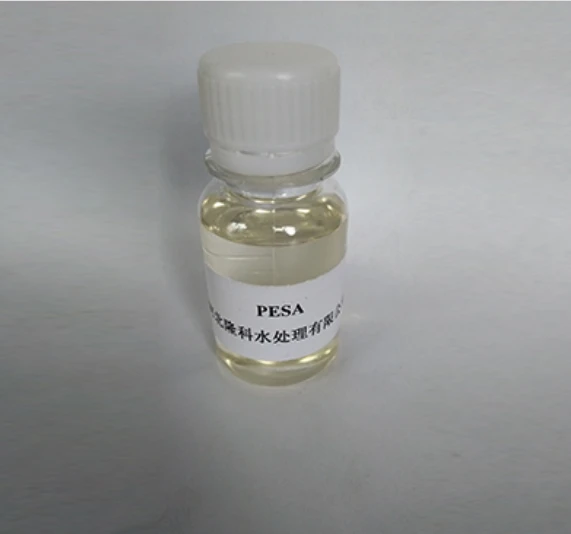Exploring the Benefits and Applications of Polyhydroxycarboxylic Acids in Modern Science
Polyhydroxycarboxylic Acids An Overview of Their Structure, Properties, and Applications
Polyhydroxycarboxylic acids (PHCAs) are a fascinating class of organic compounds characterized by the presence of multiple hydroxyl (-OH) groups and carboxylic acid (-COOH) groups in their molecular structure. This unique combination of functional groups imparts a variety of chemical and physical properties that make PHCAs versatile and valuable in numerous applications across different fields, including pharmaceuticals, materials science, and environmental engineering.
Chemical Structure and Properties
The general formula for polyhydroxycarboxylic acids can be expressed as C_n(OH)_m(COOH)_k, where n, m, and k represent the number of carbon, hydroxyl, and carboxyl groups, respectively. Common examples of PHCAs include citric acid, tartaric acid, and gluconic acid. The presence of multiple hydroxyl groups allows these compounds to act as strong hydrogen bond donors, enhancing their solubility in water and their interaction with a variety of biological molecules.
These acids exhibit unique properties that are determined by their molecular geometry and functional groups. For instance, they are typically weak acids, which means they can partially dissociate in solution, resulting in the release of protons. This property has implications for buffering capacity in biochemical systems, making PHCAs important in maintaining pH balance in living organisms.
Applications in Pharmaceuticals
One of the most significant applications of PHCAs is in the pharmaceutical industry. Due to their biocompatibility and non-toxicity, they are frequently used as excipients in drug formulations. They can enhance the solubility and bioavailability of poorly soluble drugs, facilitating their absorption in the gastrointestinal tract. Moreover, the presence of hydroxyl groups allows for easier modification and functionalization, enabling the design of targeted drug delivery systems.
Citric acid, a well-known polyhydroxycarboxylic acid, is especially notable for its chelating properties. It can form complexes with metal ions, which is useful in various therapeutic applications, including the treatment of heavy metal poisoning. Additionally, citric acid serves as a preservative and flavoring agent in numerous food and beverage products, showcasing its versatility beyond pharmaceuticals.
polyhydroxycarboxylic acid

Role in Environmental Applications
PHCAs also play a crucial role in environmental engineering and bioremediation efforts. Their ability to chelate metal ions makes them effective agents for removing heavy metals from contaminated soil and water. By binding to harmful metals, these acids facilitate their extraction and detoxification, paving the way for cleaner environments.
Moreover, certain microbial strains produce polyhydroxycarboxylic acids as metabolic by-products. This bioproduction can be harnessed as a sustainable method for synthesizing biodegradable polymers and biofuels, contributing to greener alternatives in material science.
Impacts in Materials Science
In recent years, PHCAs have gained attention in the development of biodegradable and biocompatible materials. As society increasingly recognizes the importance of sustainability, polymers derived from PHCAs are being explored for various applications, including packaging, agriculture, and biomedical devices. For instance, poly(glycerol sebacate) is synthesized from glycerol, a polyhydroxycarboxylic acid, and sebacic acid, showing promise as a biodegradable elastomer with potential uses in tissue engineering.
Conclusion
In conclusion, polyhydroxycarboxylic acids constitute an important class of compounds with diverse applications across various fields. Their unique structural features, including multiple hydroxyl and carboxylic acid groups, provide valuable properties that enhance solubility, bioactivity, and environmental friendliness. As research continues to unveil new applications and benefits of PHCAs, they are poised to play a critical role in shaping sustainable technologies and advancing human health. The ongoing exploration of these compounds will undoubtedly lead to further innovations and breakthroughs, underscoring the significance of polyhydroxycarboxylic acids in modern science and industry.
-
Water Treatment with Flocculant Water TreatmentNewsJun.12,2025
-
Polymaleic AnhydrideNewsJun.12,2025
-
Polyaspartic AcidNewsJun.12,2025
-
Enhance Industrial Processes with IsothiazolinonesNewsJun.12,2025
-
Enhance Industrial Processes with PBTCA SolutionsNewsJun.12,2025
-
Dodecyldimethylbenzylammonium Chloride SolutionsNewsJun.12,2025





